Anytime is a good time for pavlova. If you've ever had one, I'll bet you're agreeing with me, especially if you've eaten one gilded with fresh blueberries picked at their peak in the Summer.
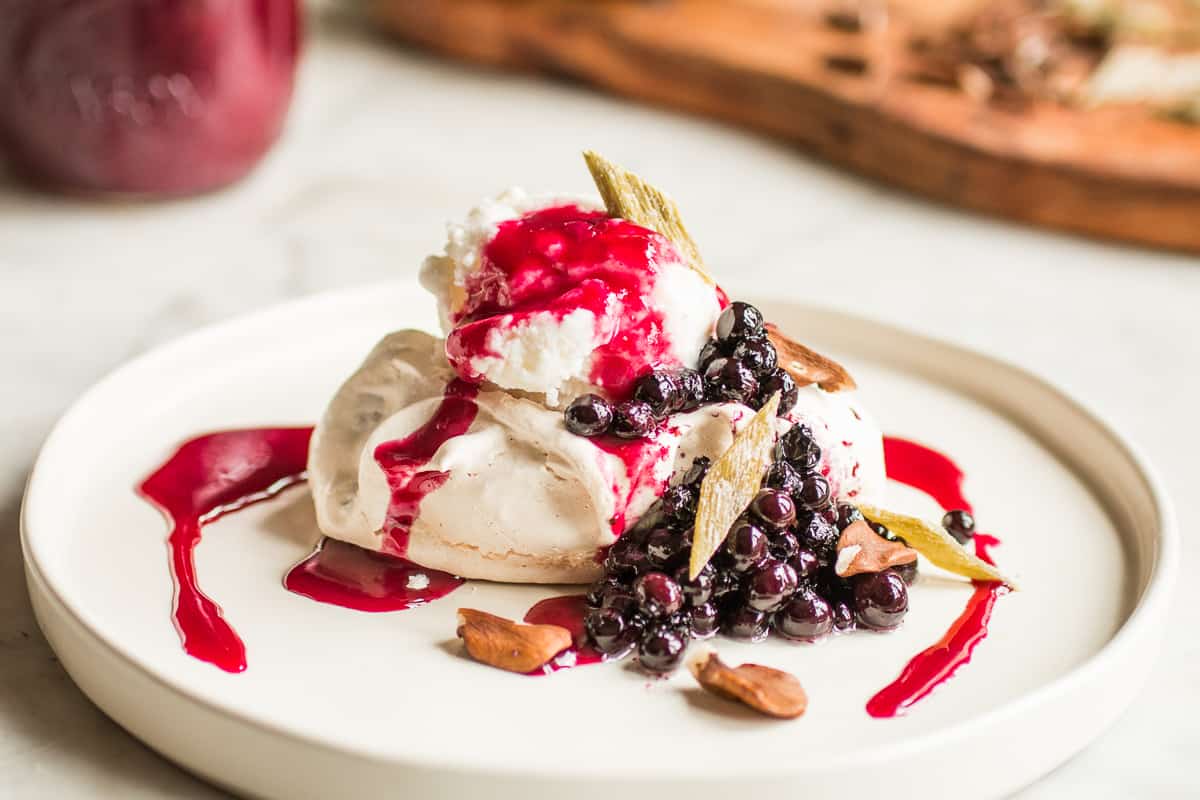
If you're not familiar, pavlovas are a desert made of a meringue nest, the top chiseled out or cracked (or not), filled with whipped cream, pastry cream, fruit curd, ice cream, or whatever creamy, smooth thing you could imagine eating with fruit (I suggest unsweetened Greek yogurt here). They're part of an unnamed family of European desserts that rely on the triumvirate cream, fruit, and meringue.
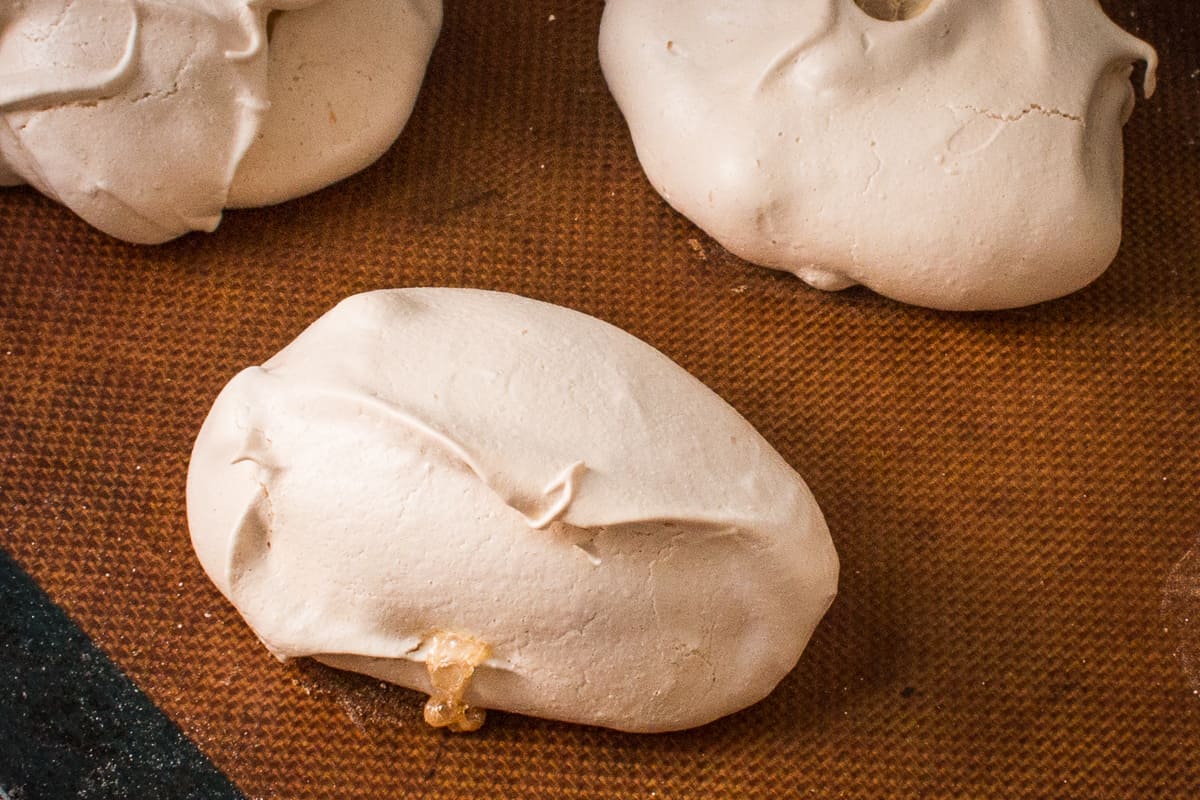
One of the greatest versions of it I've had is still the first one that took my breath away, a tart-sweet combo of passion fruit sauce, diced mango and vanilla ice cream from a tiny restaurant in the Medieval town of Vaison-la-Romaine in the French Riviera. But, running a seasonal Midwestern restaurant at the time, I had to come up with different versions, tropical fruits being a self-imposed no-no.
After looking around in the cooler, I found a few jars of preserves, frozen fruit, and odds and ends laying around, so I made my own with what I had. I kept it in rotation to use up odds and ends, changing it on a whim--sometimes in the middle of service, until every preserved aronia berry, sour cherry and my favorite: the kaleidoscope of white, pink, red and black currants were used up.
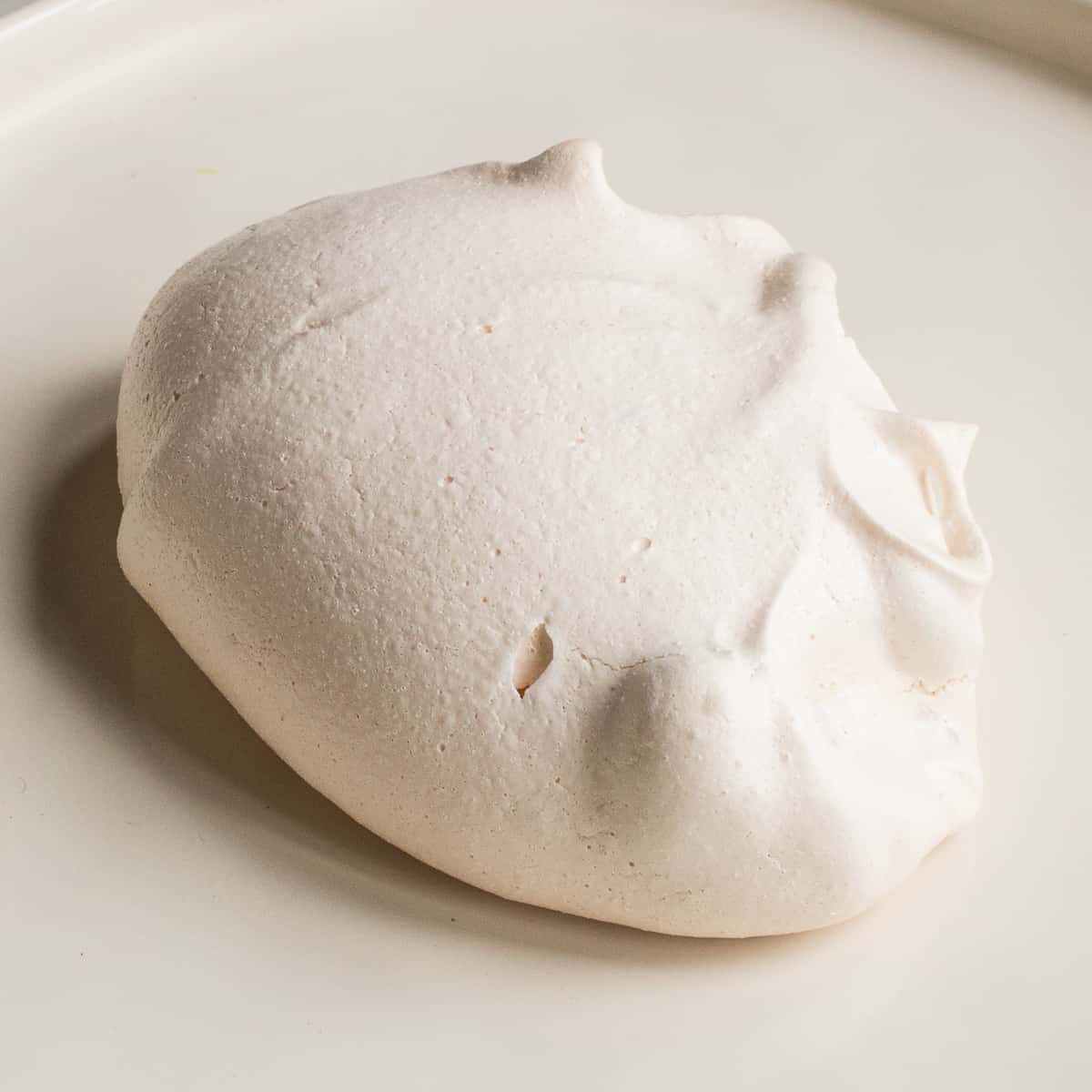
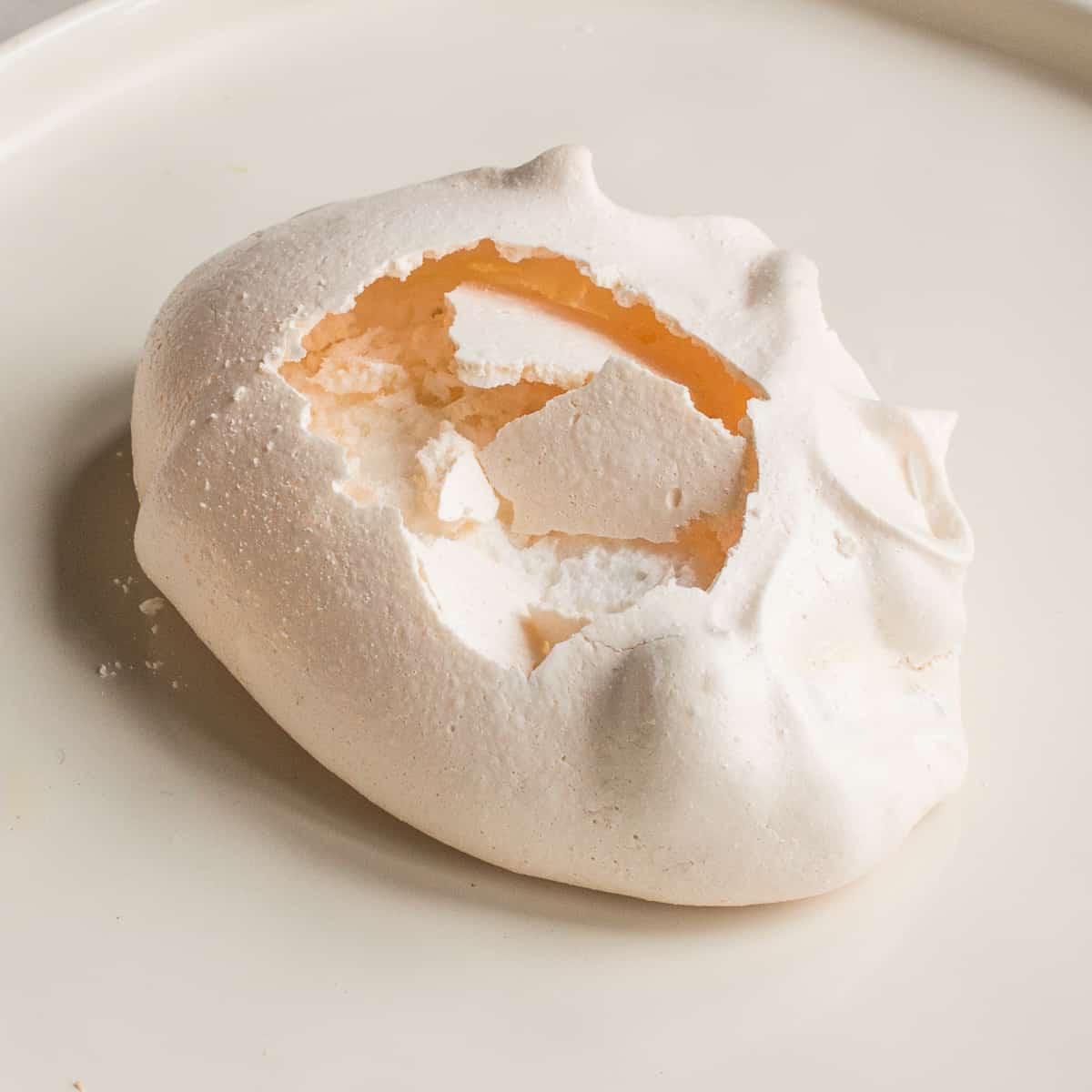
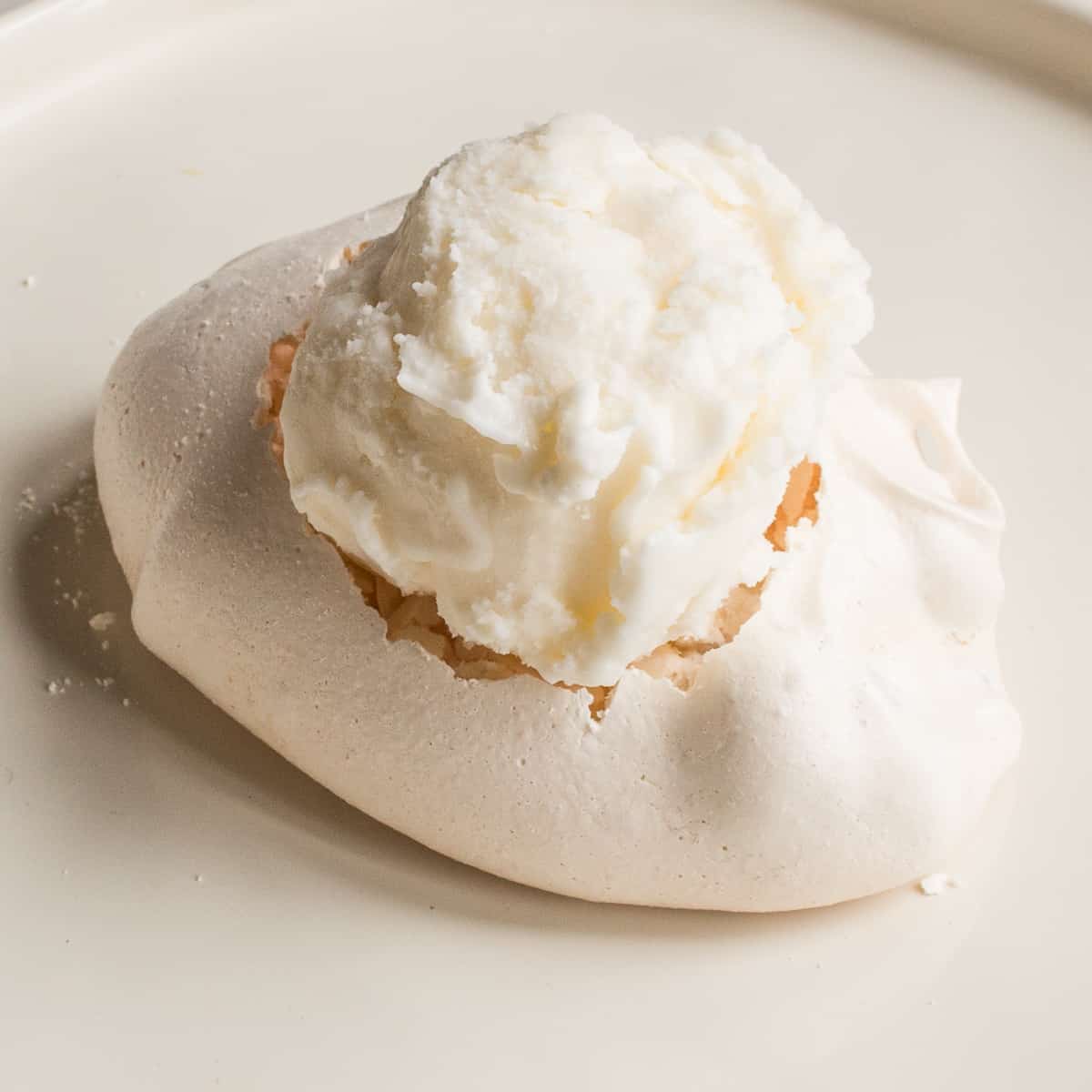
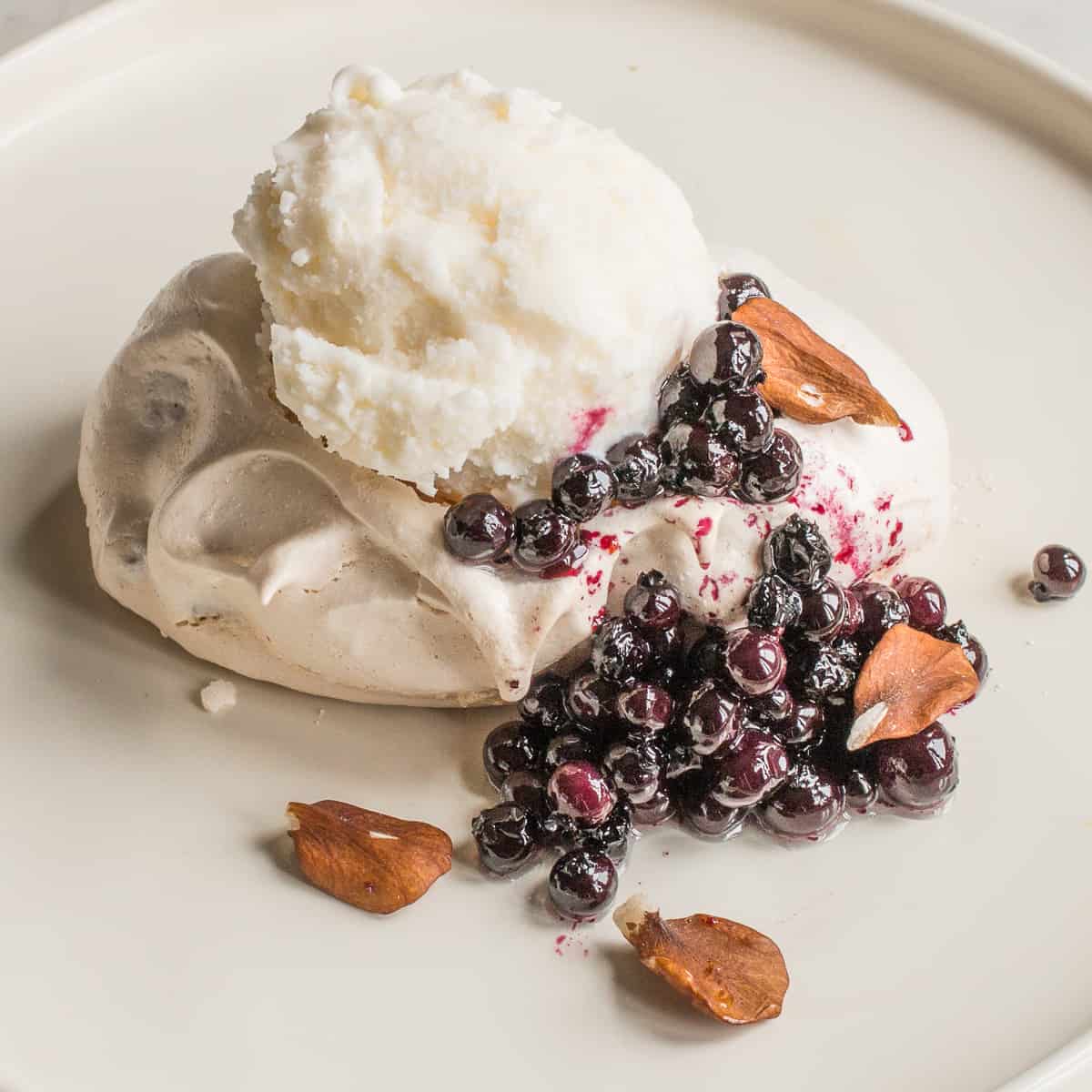
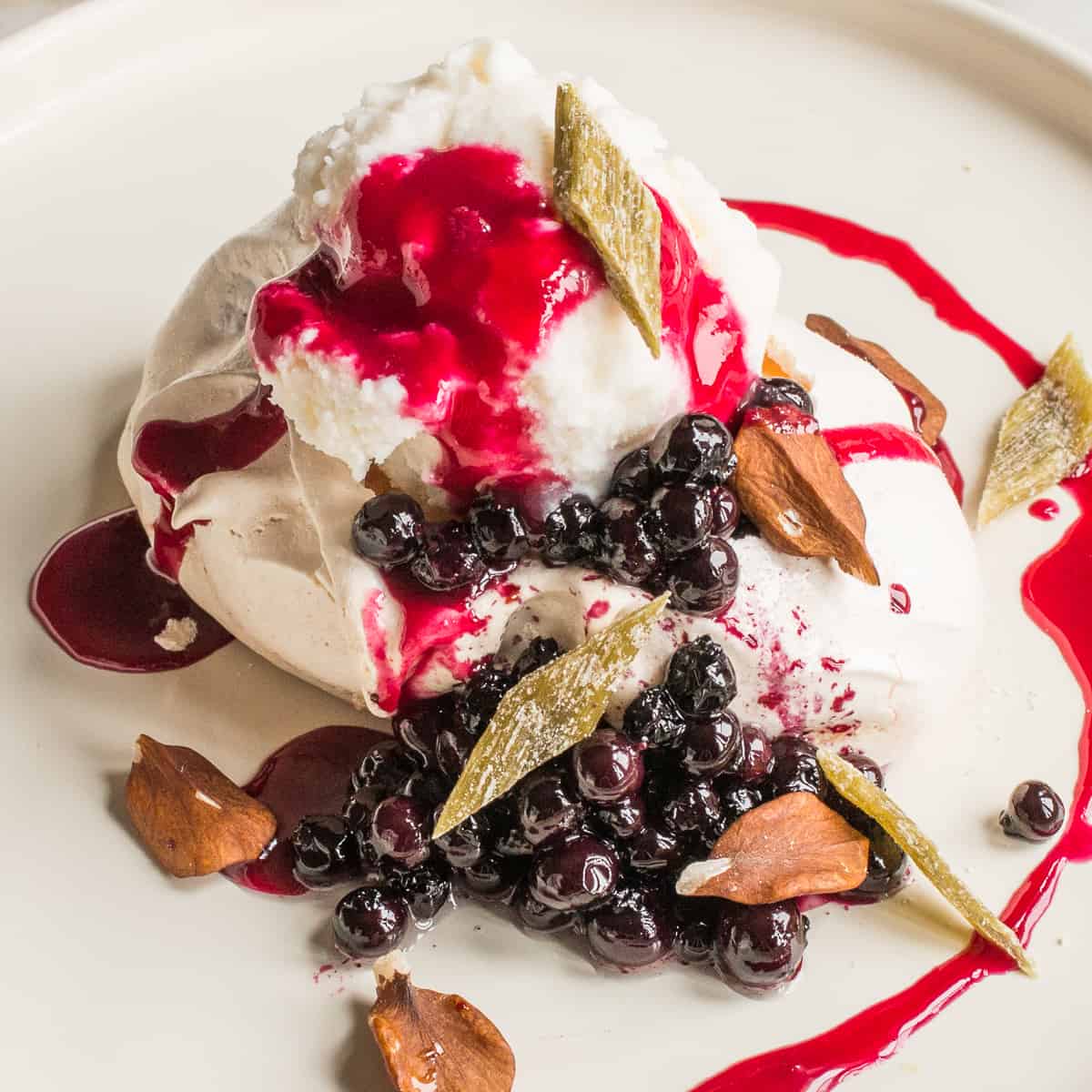
Sometimes the fruit component was just a coulis or sauce, a dollop of jam, or just simply thawed, chunky fruit like bing cherries macerated with a little sugar and lemon zest. As the stock of one fruit preserve got low, the pavlova would change, a sort of inverse reflection of the previous seasons bounty, most of which I remember picking at the now defunct Natura Farms pick your own operation.
To be clear here: I don't believe there's such a thing as a bad pavlova, only slightly less good pavlova. But, after making them every which way, I have a few tips. Adding something tart is the biggest key to balance flavor.
Tips for success
- The meringues should be a little soft on the inside--not crunchy all the way through, which makes them taste dry and brittle.
- As much as possible, use a variety of fruit, in a variety of ways. For example, the pavlova pictured has both a chokecherry sauce, and whole, frozen wild blueberries.
- Try to balance the sweetness. Make a syrup with vinegar instead of water, or add a good splash of lemon to frozen fruit, along with a touch of sugar.
- In addition to adding acid to things, don't always reach for the ice cream. Thick greek yogurt or creme fraiche is unsweetened, and the sour helps to cut through the meringue and any sugar added to the dish by way of fruit preserves.
- Vary the texture. Nuts are winter food, and black walnuts especially add great aroma to things with dark fruit, in addition to giving a crunch here and there.
- Candied garnishes work well too, especially citrus zest, or other bright tasting things. I used a few slices of candied angelica on the pavlova pictured.
- Experiment with form. Like I mentioned, pavlova is basically just one form the triumvirate of cream, fruit, and meringue can take. For example, you might try crushing up meringues, mixing them with whipped cream and berries, and chilling them in glasses or custard dishes to switch it up. You can also freeze it half way and scoop it out.
- Sometimes I add nuts to the meringues before they bake, but don't chop or crush them too fine since the oils will deflate the meringue and create white, nut-studded cow pies.
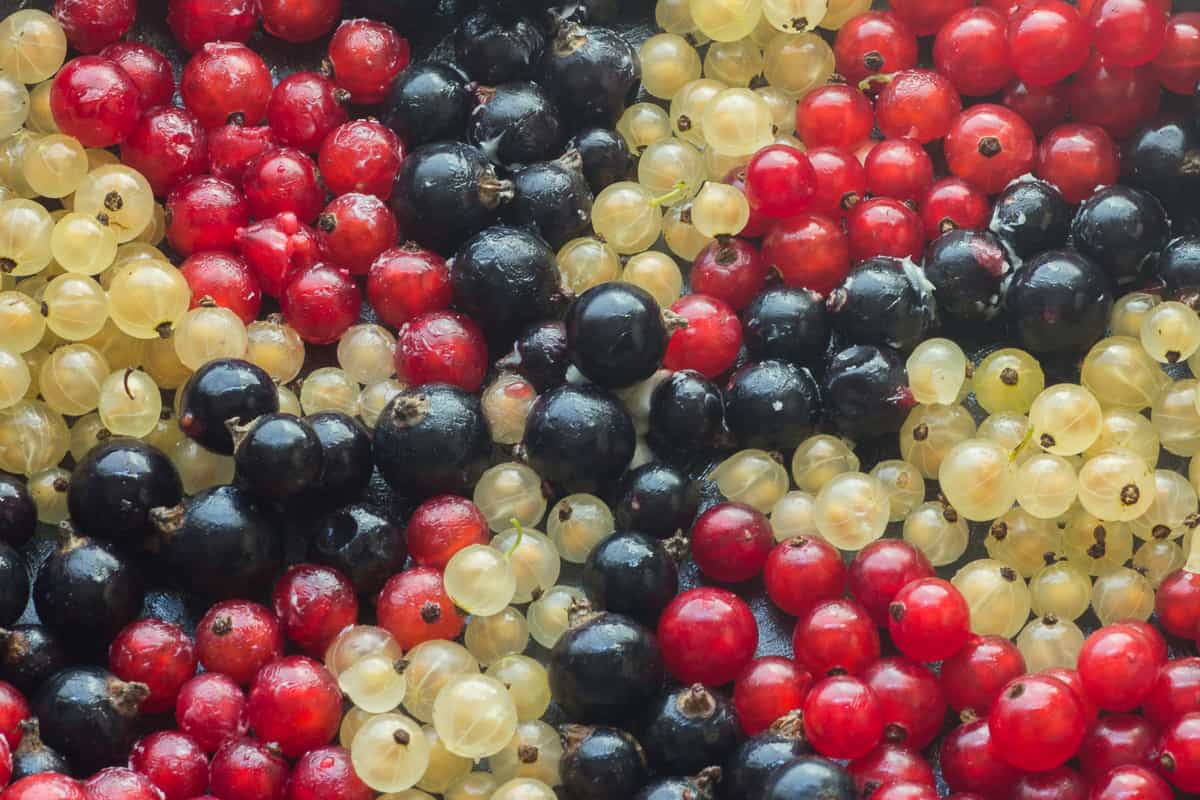
Garnishes
Here's what I used for mine--odds and ends laying around in the freezer and pantry.
- Chokecherry gastrique (cook chokecherries with an equal volume of white wine vinegar, strain, and simmer with an equal volume of sugar until syrupy
- Wild blueberries from the freezer, warmed and tossed with a dash of lemon and maple sugar
- Silvers of candied angelica
- Toasted butternuts
- Frozen cream infused with meadowsweet flowers for an almond flavor
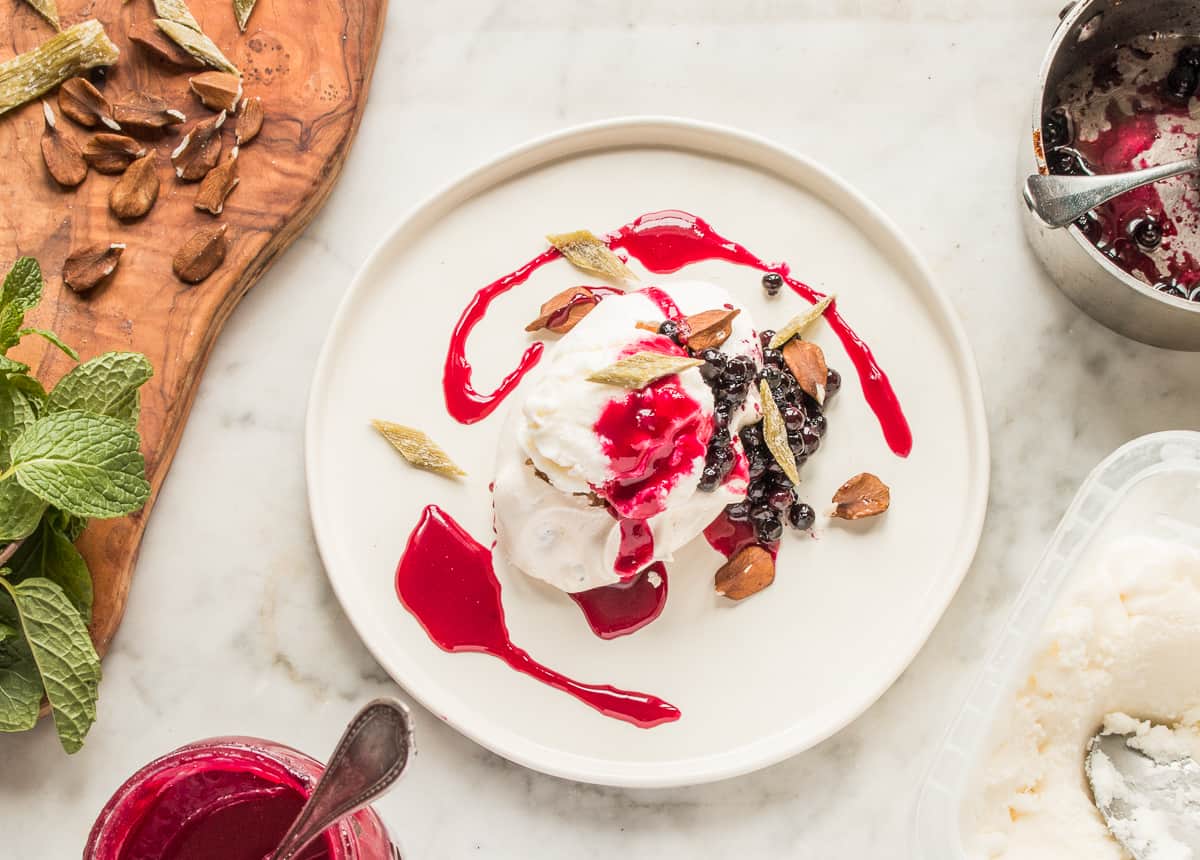
Winter Pavlova
Equipment
- Stand mixer or beater with whisk attachment
Ingredients
- 3 large egg whites preferably at room temperature
- 6.5 oz sugar
- 2 teaspoons cornstarch
- 1 t white vinegar
- ¼ t salt
Garnishes
- Berries, your choice Toss with a dash of lemon juice if frozen
- Fruit syrup, especially made from berries see recipe below
- Lightly toasted nuts use your favorite
- Slivers of candied angelica (optional, lemon zest is a good substitute)
- Thick greek yogurt whipped cream, Ice cream, pastry cream, and fruit curd can be substituted
Instructions
Meringues
- Mix the sugar, cornstarch and salt, then whisk with the eggs, vinegar and vanilla and on med-high until
tripled in volume.
Scoop out ¼ cups of meringue for individual pavlovas or ½ cups for a shareable size onto a nonstick surface like silicone mat on a cookie sheet, leaving an inch in between them.- Bake at 200 for 45 minutes, then turn the heat off and allow them to cool in the oven with the door cracked. The centers should stay a bit soft, not completely hard at all.
- Store in a container with a tight fitting lid at room temperature. They’re best served the day of, but they can hang out for a couple days if needed.
Serving
- Take a spoon and gently tap the middle of a meringue to form a divot in the middle.
- Place a dollop of yogurt in the middle of the meringue, then garnish with berries, nuts, fruit syrup and any other garnishes. Serve.

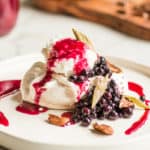
Judy Krohn
Thank you for this inspiration; I live in an old WI farmhouse with no air-conditioning so making meringue anything during the humid months is out of the question. But in the dry, wood-heated wintertime, this will be a wonderful way to use up some of those "tipsy cherries" I made last summer!
Alan Bergo
You're very welcome Judy.
Louise
Home made jams with plain yogurt sounds divine. Adding nuts in the merangue to compliment the jam. Yummy.
Thanks for suggesting ideas.
Alan Bergo
Unsweetened yogurt is great for helping cut the sweetness in my book.
Wenny
Beautiful summer dessert.. great with passion fruits and mango... we have it every Christmas time here down under. And as for the origin of the cake, it is originated from either Australia or NZ.. it was first created when Anna Pavlova visited the countries in 1920.. https://en.m.wikipedia.org/wiki/Pavlova_(cake)
Alan Bergo
Yes, I love that they're named for her, we don't seem to name desserts after people anymore, a shame.
Nina
I simply LOVE Pavlovas!! What looks to be the most beautiful, breathtaking masterpiece was easier for me to accomplish than a chocolate cream pie. I finally got that too though. LOL! I often reach for unsweetened yogurt to counter the sweet as well; but frozen cream infused with meadowsweet flowers . . . holy cow! That sounds amazing!! I always have meadowsweet flowers in my herb garden so this is really going to be an exciting adventurous summer. I've never added nuts to the meringue either. Since I have a plethora of Black Walnuts, viola!
I'm pumped!! Thanks.
Alan Bergo
Thanks Nina. With adding the nuts, I would just make sure they're not chopped or broken up. And yes, meadowsweet's in the Rosaceae, so it gives things an almond scent, kind of like elderflower, but better in my mind. It's an underutilized aromatic, for sure.